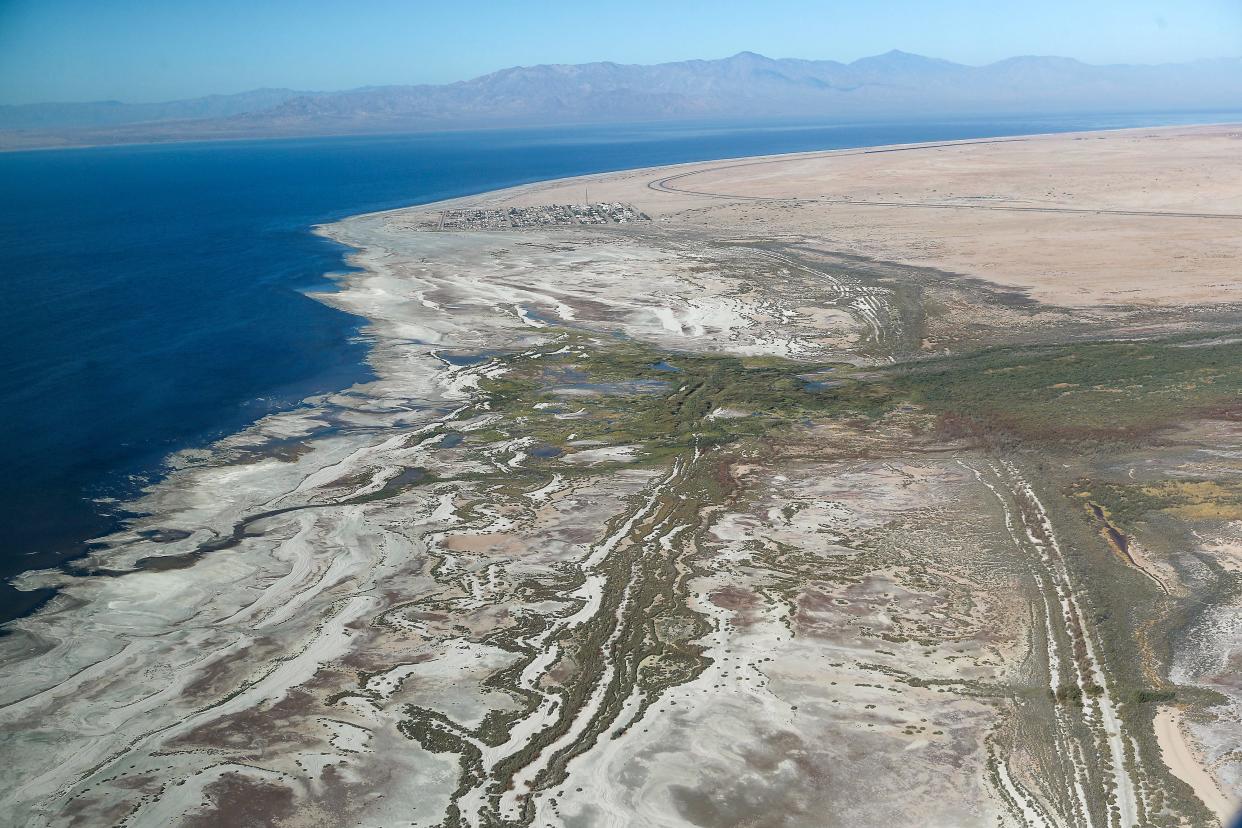Salt, the Salton Sea, and the flow of water and money: A prediction

Imperial County is the No. 1 producer of salt in California. The salt is not produced for commercial use; it is stored in the Salton Sea as a waste product. The salt is a fundamental waste product from farming in the Imperial Irrigation District.
Every 15 minutes, 100 tons of salt is delivered to the Salton Sea. Nearly 10,000 tons of salt is delivered every day of the year in a watery solution by the Alamo River and the New River. For over the past 60 years, over 3 million tons of salt per year have been removed from farm ground in a salty water solution and delivered to the Salton Sea.
In order to maintain favorable plant growing conditions, each year about 1 million acre-feet of freshwater is used to percolate down through the plant root zone of the topsoil to dissolve and remove salt in a water solution from farm ground. Farmers pay about $21 per acre-foot, or $21 million a year, to turn 1 million acre-feet of freshwater from the Colorado River into salt water.
In comparison, the Carlsbad Poseidon Desalination plant in San Diego produces 56,000 acre-feet of freshwater per year. It costs about $2,000 per acre-foot for the plant to convert ocean water into freshwater.
As the current 20-year drought continues with no end in sight and the demand and need for freshwater becomes more dire, the use of freshwater will be more scrutinized, questioned and challenged.
Imperial County is mostly desert and is not only one of the driest counties in California, but also one of the wettest. Because of Colorado River water rights, each of the 500,000 acres of farm ground within the Imperial Irrigation District can use the equivalent of 60 inches of rain every year. In the coming months and years, the effects of long-term drought will intensify. Additional comparisons and challenges concerning water usage will become the norm from thirsty cities, developers, investors and politicians.
The Imperial Irrigation District may have perfected water rights to Colorado River water, but it is vulnerable. The IID is not only vulnerable to interpretations of river law by vote-seeking politicians in other states besides California, but also, vulnerable to the phenomenon of how water flows in the direction of money no matter the resistance.
John Dantice lives in El Centro. Write to him at jdantice@gmail.com
This article originally appeared on Palm Springs Desert Sun: Salt, the Salton Sea, and the flow of water and money: A prediction

